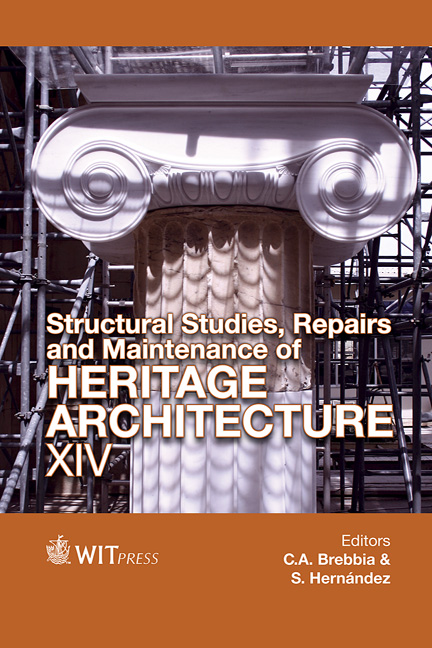Representing Nevis: An Approach To Reconfiguring The Caribbean Heritage Sites As Cultural Space
Price
Free (open access)
Transaction
Volume
153
Pages
13
Page Range
99 - 111
Published
2015
Size
312 kb
Paper DOI
10.2495/STR150091
Copyright
WIT Press
Author(s)
M. K. Uslick
Abstract
In an attempt to understand the intricacies of the identity of the Caribbean state, this paper has investigated how attitudes toward colonial history, post-colonial theories and architectural regionalism have affected the contemporary condition of architecture on the island of Nevis. Nevis is a small island, only 36 square miles of volcanic land that lies 200 miles south of Puerto Rico. Its society was born of an act of colonization; its identity formed by the sugar plantation system. The people have emerged from a history of violence and subjugation, slavery and cultural oppression. Their acts of resistance and creation contributed to history and their lives have intersected to create a new culture and identity. Architecture can represent the people of Nevis because the journey of this population cannot be reduced to merely words in books or in archives. It deserves visual and active demonstration so that everyone can participate in the experience of the culture as it stands today. This paper proposes an addition to the existing museums and heritage sites of Nevis, which are Euro-centrically structured. Theories of tropicality and regionalism will contribute to the design of a new museum, and the concept for an eco-museum as a holistic interpretation of heritage will be applied to interventions within five of the heritage sites that now lie in ruin. Nevis needs a culturally distinctive island identity to compete in the tourism industry. Using architectural intervention as a part of the museum program, it can cultivate this distinction while it also continues to maintain the structures from ruin.
Keywords
heritage tourism, heritage architecture, architectural intervention, Caribbean, Nevis, regionalism, cultural heritage, eco-museum, culture and history, sugar plantation




